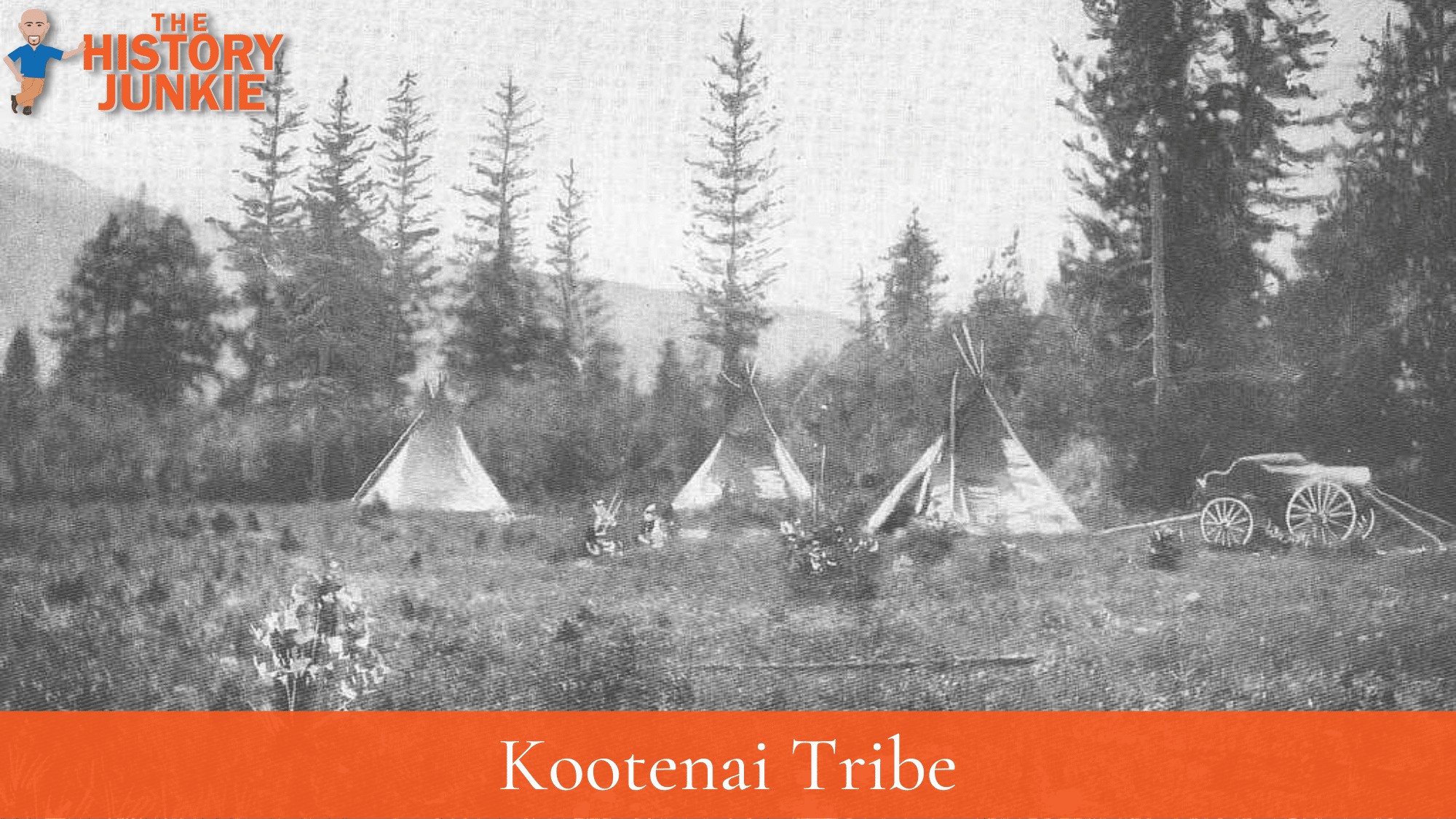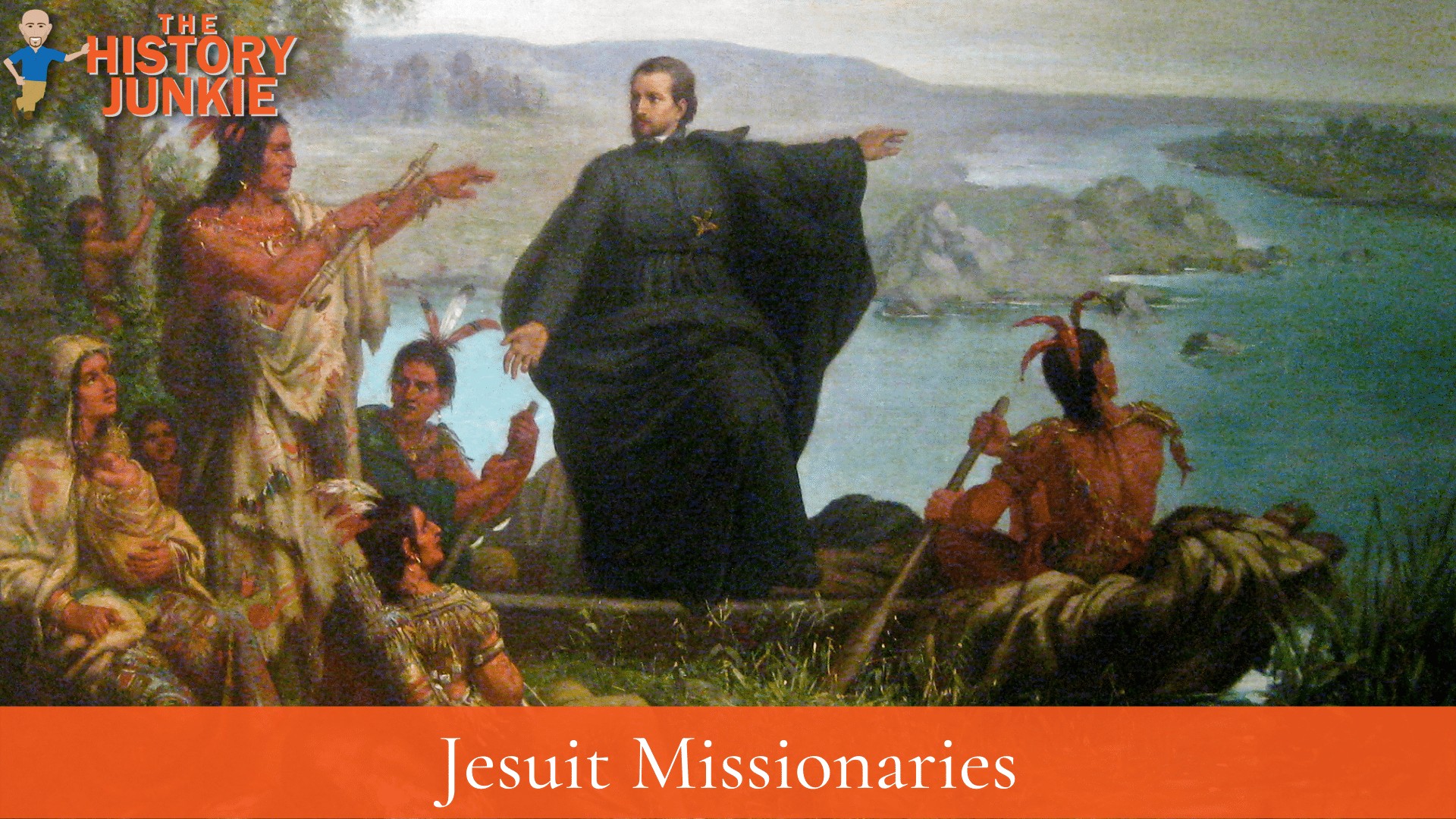
Jump to:
#1. They May Have Originated Around The Great Lakes
This is uncertain, but an oral tradition says the Kootenai Tribe lived in the Great Lakes region in the current state of Michigan. There has not been any evidence that suggests this occurred.
Most likely, the Kootenai people originated in the prairies but were driven from their land by the Blackfoot tribe and disease. This migration would take them across the Rocky Mountains and into their current land.
This would explain why the Kootenai language is an isolate language that the other Plateau Indian tribes did not speak.
#2. The Tribes Were Divided Between Upper and Lower Kootenai
The Kootenai tribe was recognized as Upper and Lower Kootenai, with each of them sharing many traditions but with some unique differences.
There are seven bands of Kootenai People, with five bands living in Canada, one in Montana, and one in Idaho.
They all speak the same language with slang differences, and they live on a similar diet. In Canada, there are more Elk, while in Montana and Idaho, there are more deer. Another difference in their diet is the rivers that are located in the Lower Kootenai region, which allows the tribe to eat more fish and ducks.
#3. First Europeans To Make Contact Were The Jesuits

The first Europeans to make contact with the Kootenai tribe were the Jesuit Missionaries of French origin. At the time of the contact, the French did not have much influence in the New World, but places such as Quebec still had an impact.
Jesuit missionaries began to make contact and wanted to convert the natives to the Catholic faith.
During this time period, the Hudson Bay Company also sought to convert natives to Christianity but deployed a different tactic. They used converted Native Americans from the Iroquois Confederacy to interact with many of the Plateau Indian Tribes, which included the Kootenai.
The interactions with other natives were more influential than the interactions with the Jesuits.
#4. Some Kootenai Are Still On Their Original Homeland
The Lower Kootenai were the tribes that had contact with the United States government during the 19th century. These tribes are located in Idaho and Montana.
The Kootenai of Montana were eventually moved to a reservation where they shared the land with multiple tribes.
The Kootenai of Idaho, despite many hardships and setbacks, have maintained their land and still live in Bonner's Ferry, Idaho.
The Upper Kootenai, located in British Columbia, is considered a First Nation.
#5. The Kootenai Declared War In 1974

In 1974, the Kootenai Tribe of Idaho believed their situation to be so dire they declared war on the United States. They would be the last Native American tribe to declare war on the United States.
The United States was seen as one of the dominant World Powers despite being engaged in a Cold War with Russia. The declaration of war may seem misguided, but the Kootenai did not plan to have an armed conflict with the United States but rather negotiate a better situation.
Chief Gary Aiken Jr. said this in an interview with ICT News:
A lot of the locals were scared and upset. A lot of tribal members sent their families away because they were afraid for their well-being. We had a lot of support from the American Indian Movement. Russell Means came over with some of his group. But it ended well. President Ford deeded us our 12.5 acres at the Mission where we stayed. That’s where we started. We got our recognition and were able to get the land base, which allowed us to get more services. It was a turning point for our tribe.” The tribe now owns about 2,500 acres.
